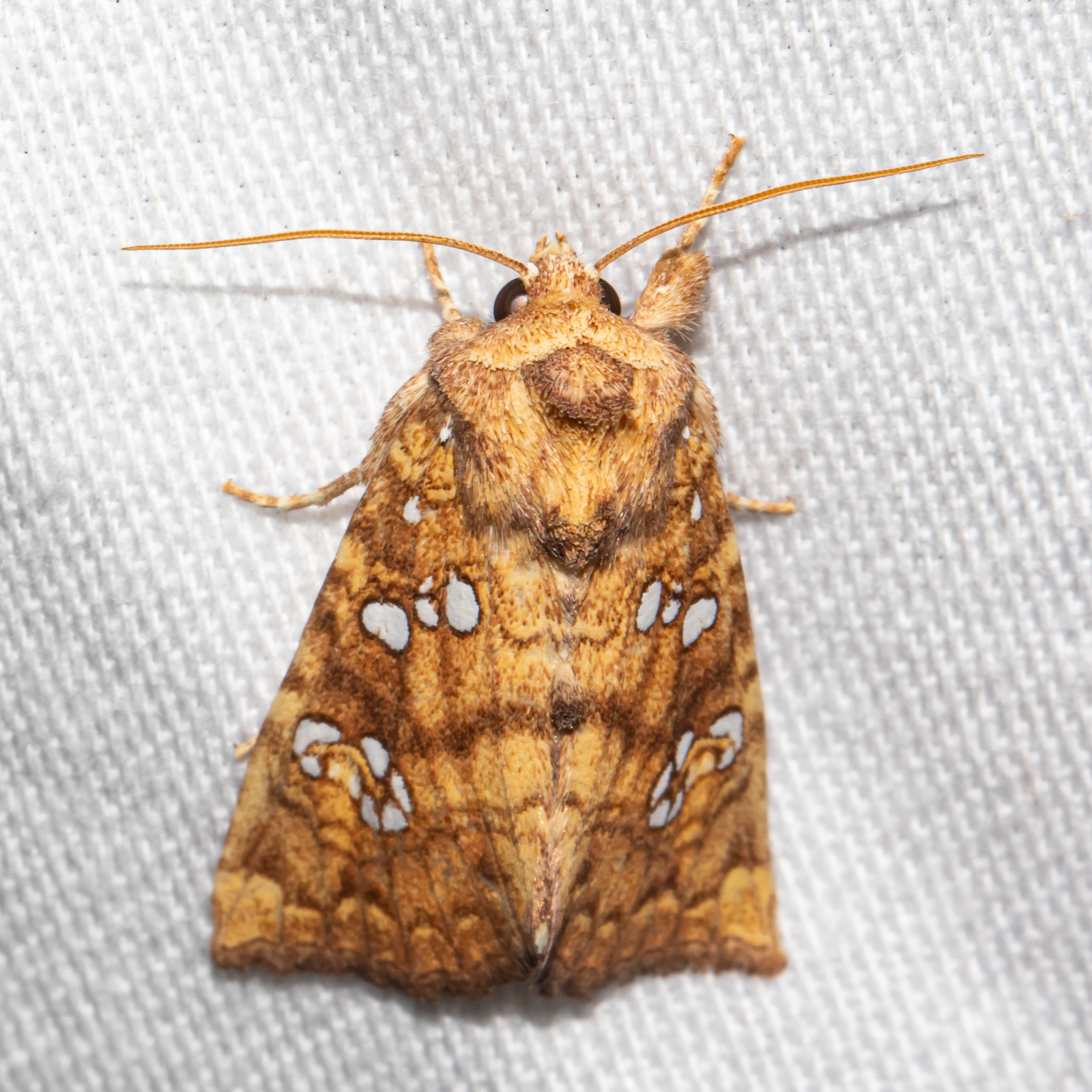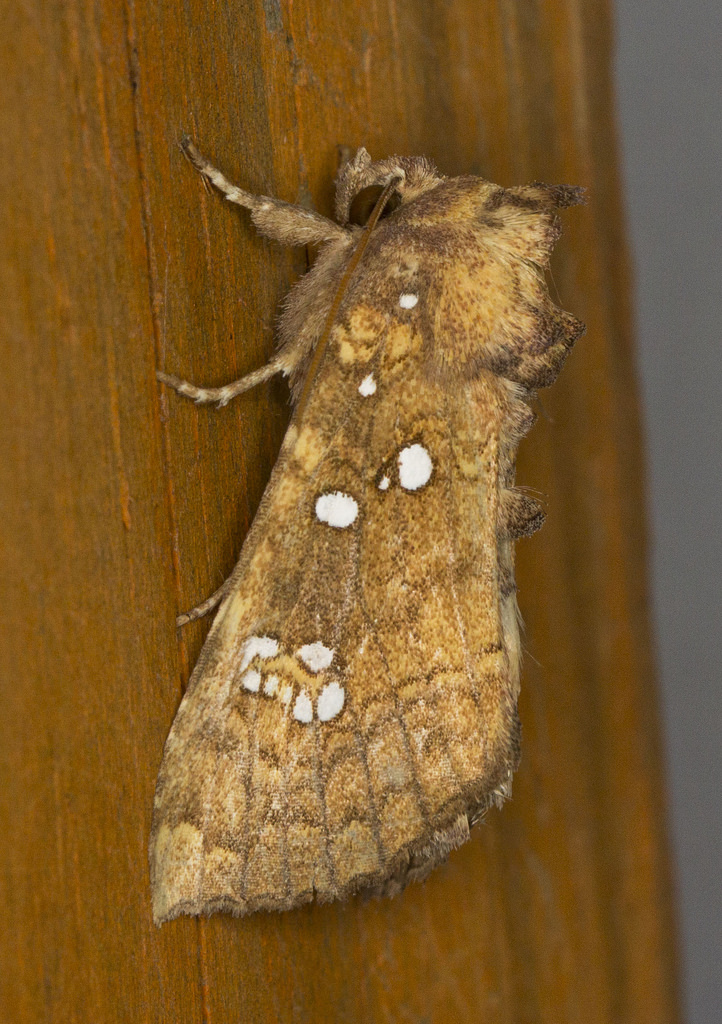Map Snapshot











38 Records
Seasonality Snapshot
Use of media featured on Maryland Biodiversity Project is only permitted with express permission of the photographer.
An Ash Tip Borer Moth in Howard Co., Maryland (10/6/2019). Determined by Kyhl Austin.
View Record Details
Media by
Sue Muller.
An Ash Tip Borer Moth in Frederick Co., Maryland (9/18/2015).
View Record Details
Media by
Mark Etheridge.
Ash Tip Borer Moth in Howard Co., Maryland (10/9/2020). (c) Timothy Reichard, all rights reserved.
View Record Details
Media by
Timothy Reichard.
Ash Tip Borer Moth in Howard Co., Maryland (9/22/2014). Determined by Roger Downer/BAMONA.
View Record Details
Media by
Nancy Magnusson.
An Ash Tip Borer Moth in Cecil Co., Maryland (9/16/2017). Verified by Aaron Hunt/BugGuide.
View Record Details
Media by
Shannon Schade.
An Ash Tip Borer Moth in Prince George's Co., Maryland (9/8/2014).
View Record Details
Media by
Rod Burley.
An Ash Tip Borer Moth in Charles Co., Maryland (10/6/2022). Verified by Roger Downer/BAMONA.
View Record Details
Media by
Dave Webb.
An Ash Tip Borer Moth in Harford Co., Maryland (9/6/2020). Verified by Roger Downer/BAMONA.
View Record Details
Media by
Dave Webb.
Ash Tip Borer Moth in Frederick Co., Maryland (9/19/2015). (c) Mark Etheridge, some rights reserved (CC BY-NC).
View Record Details
Media by
Mark Etheridge.
A Ash Tip Borer Moth.
View Record Details
Media by
John Glaser.
Source: Wikipedia
| Ash Tip Borer | |
|---|---|

| |
| Scientific classification | |
| Domain: | Eukaryota |
| Kingdom: | Animalia |
| Phylum: | Arthropoda |
| Class: | Insecta |
| Order: | Lepidoptera |
| Superfamily: | Noctuoidea |
| Family: | Noctuidae |
| Genus: | Papaipema |
| Species: | P. furcata
|
| Binomial name | |
| Papaipema furcata | |
| Synonyms | |
| |
The ash tip borer (Papaipema furcata) is a species of moth of the family Noctuidae. It is found from Quebec and New Hampshire to Georgia, west to Louisiana and north to Manitoba.[3]
The wingspan is about 33–49 mm. Adults are on wing from August to October.
The larvae feed on Fraxinus species and Acer negundo. They bore into the twigs of their host plant.
References
[edit]- ^ Papaipema at funet
- ^ mothphotographersgroup
- ^ Papaipema furcata, Bug Guide









